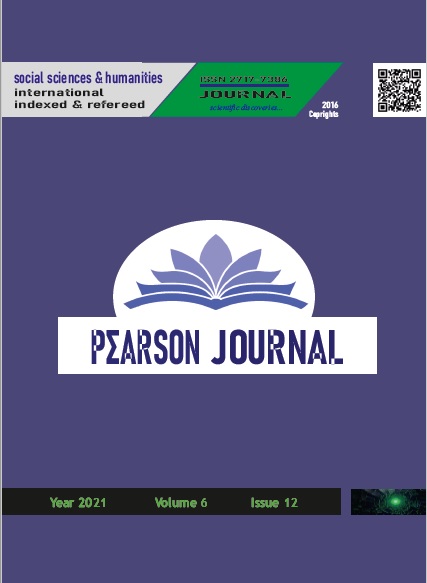HATİCE SULTAN (NEŞETÂBÂD) SARAYI GRAVÜRÜ ÖRNEKLEMİNDE DEĞİŞEN İSTANBUL KÜLTÜRÜ
DOI:
https://doi.org/10.46872/pj.267Anahtar Kelimeler:
Gravür, Hatice Sultan, sosyo-kültür, Melling, Neşetâbâd SarayıÖzet
Osmanlının egzotik ve gizemli bir Doğu ülkesi olması, Batılı oryantalist gravür sanatçıları büyük anlam taşıyan önemli bir konu olmuştur. İmparatorluğun başkenti İstanbul’un doğal manzarası, topografik görüntüsü, camileri, sarayları, gündelik yaşamı ve boğazı pek çok ressamın gravürlerinde yaşayan önemli ögeler olmuştur. Avrupa’ya gittikten sonra bu ressamların çoğu çizdikleri resimleri gravür tekniğiyle bir albüme dönüştürmüşlerdir. Bu albümler, Osmanlının sosyo-kültürel yaşamını tanıtan tarihi belge olarak günümüze kadar gelmiştir. 18. yüzyılda Sultan III. Selim döneminde kültürel anlamda ciddi değişim ve dönüşümler yaşanmıştır. Bu dönemde Osmanlı sarayı kapılarını Batılı sanatçılara açmış ve Batı’nın etkisinde gelişen bir kültür, özellikle İstanbul’da yer edinmeye başlamıştır. Bu makalede gravür sanatının tarihçesine kısaca değinildikten sonra Avrupa’da yaşanan Rönesans Dönemi etkisinde yetişen ve yüzünü Doğuya dönen oryantalist Ressam Melling’in yaşamı hakkında bilgi verilmiştir. Sanatçının İstanbul’da bir ressam ve mimar olarak yaptığı çalışmalara değinildikten sonra, Sultan III. Selim’in kız kardeşi olan Hatice Sultan ile olan ilişkisi ve bu ilişkinin boyutları değerlendirilmiştir. Melling tarafından yapılan Neşetâbâd Sarayı gravürü üzerinden sarayın geçirmiş olduğu değişim ile dönüşüm ve dönemin sosyo-kültürel yapısının incelenmesi hedeflenmektedir.



